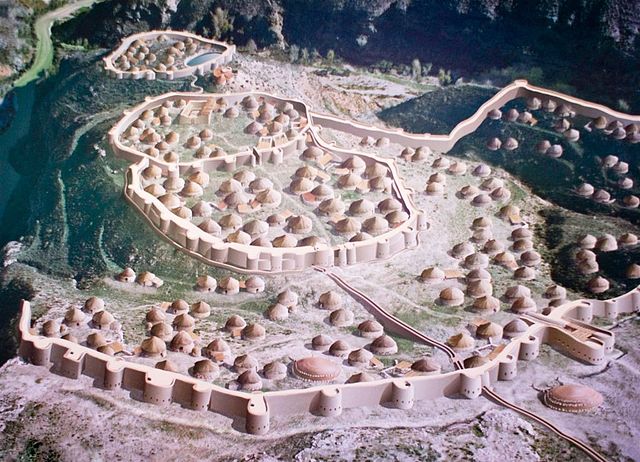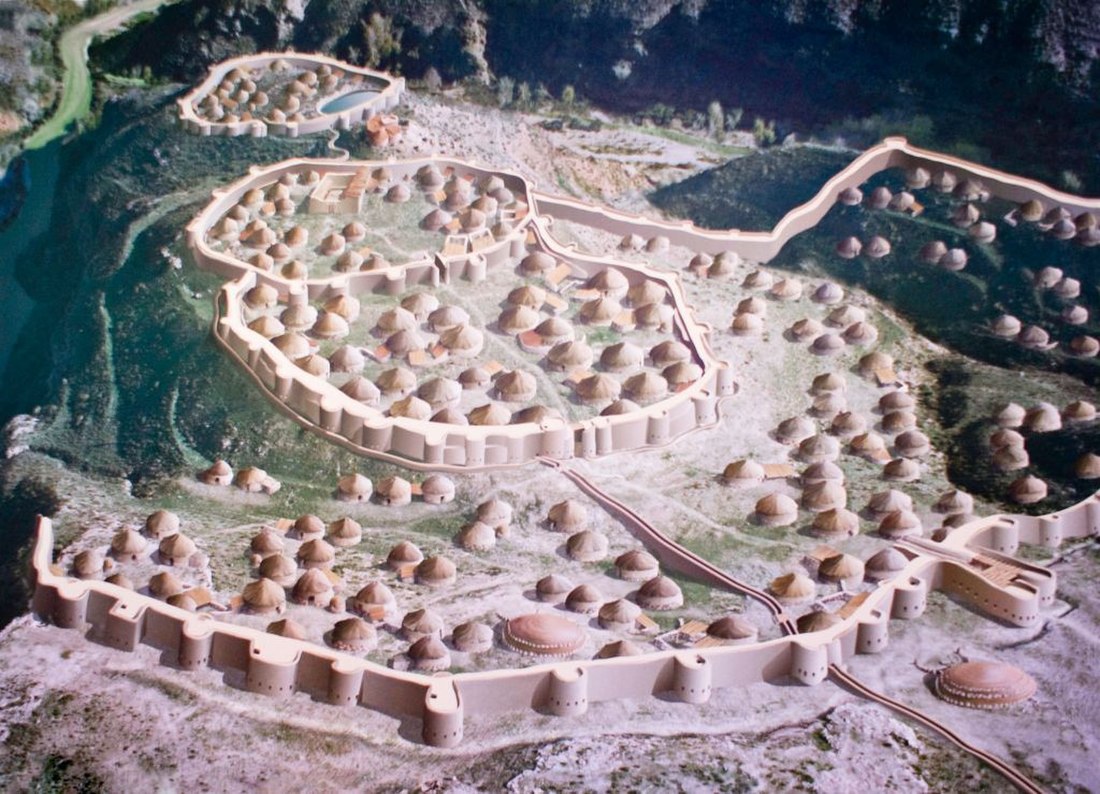Top Qs
Timeline
Chat
Perspective
Copper Age state societies
Polities extant at some time in 5000 BC to 3300 BC From Wikipedia, the free encyclopedia
Remove ads
The Chalcolithic or Copper Age is the transitional period between the Neolithic and the Bronze Age.[1] It is taken to begin around the mid-5th millennium BC, and ends with the beginning of the Bronze Age proper, in the late 4th to 3rd millennium BC, depending on the region.
This article needs additional citations for verification. (November 2024) |
This article may need to be rewritten to comply with Wikipedia's quality standards. (November 2024) |

The Chalcolithic is part of prehistory, but based on archaeological evidence, the emergence of the first state societies can be inferred, notably in the Fertile Crescent (notably Sumer) Predynastic Egypt, and Proto-Minoan Crete, with late Neolithic societies of comparable complexity emerging in the Indus Valley (Mehrgarh), China, and along the north-western shores of the Black Sea.
The development of states—large-scale, populous, politically centralized, and socially stratified polities/societies governed by powerful rulers—marks one of the major milestones in the evolution of human societies. Archaeologists often distinguish between primary (or pristine) states and secondary states. Primary states evolved independently through largely internal developmental processes rather than through the influence of any other pre-existing state.
The earliest known primary states appeared in Anatolia c. 5200 BC,[2] in Mesopotamia c. 3700 BC,[citation needed], in Greece c. 3500 BC,[3] in Egypt c. 3300 BC,[citation needed] in the Indus Valley c. 3300 BC,[citation needed] and in China c. 1600 BC.[citation needed]
Remove ads
List of known polities
Remove ads
See also
References
Wikiwand - on
Seamless Wikipedia browsing. On steroids.
Remove ads
